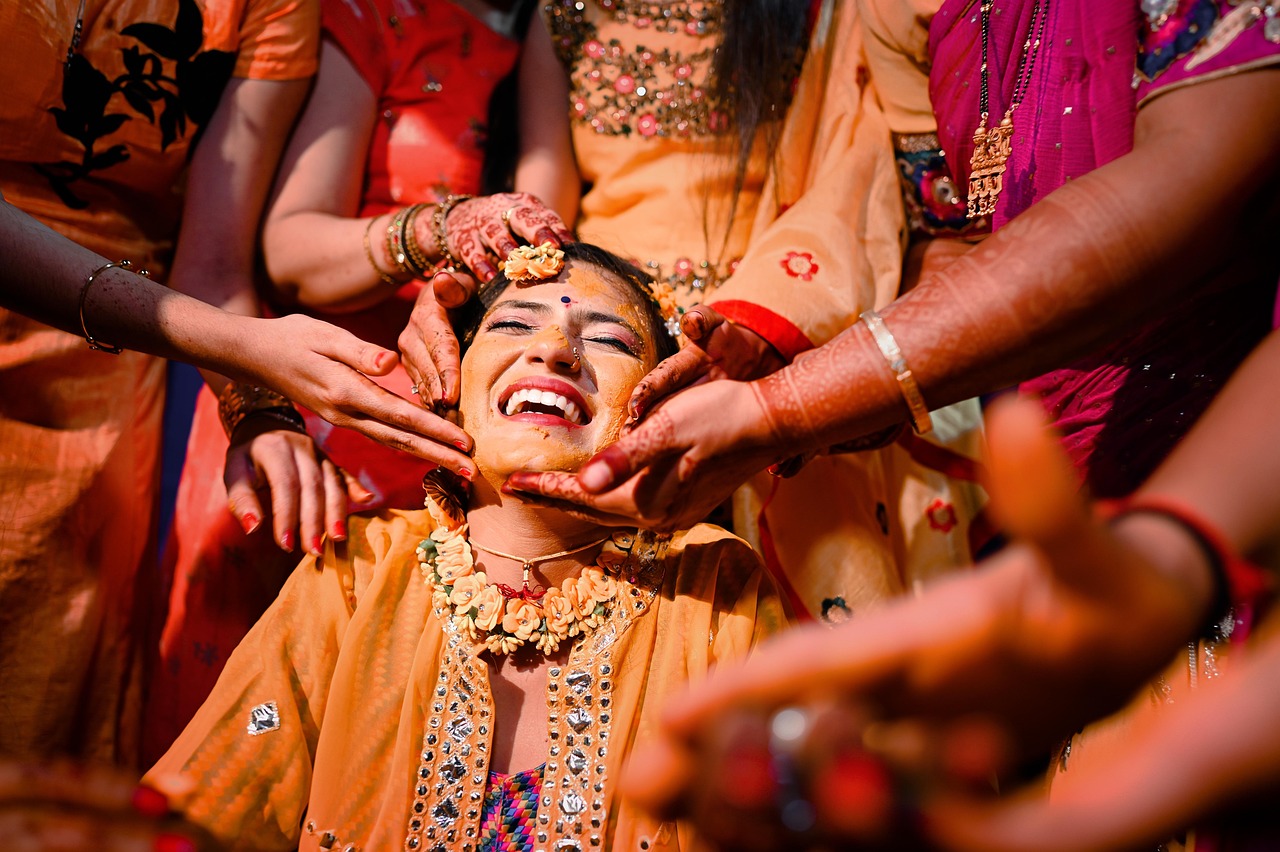Indian films, known for their diversity and depth, has often drawn the attention of international filmmakers.
While most Indian films are created by native directors, there have been instances where international directors have explored Indian themes, stories, and landscapes to craft compelling narratives. These films, while directed by foreign auteurs, remain rooted in Indian culture and have significantly contributed to global perceptions of India. India, with its vibrant storytelling tradition and prodigious film industry, has often captivated filmmakers from around the globe.
1. Gandhi (1982) – Directed by Richard Attenborough (UK)
Perhaps the most iconic film on this list, Gandhi is a biographical epic that traces the life of Mahatma Gandhi, the leader of India’s non-violent independence movement. Directed by British filmmaker Sir Richard Attenborough, the film starred Ben Kingsley in a career-defining role. Despite being a British production, the film was largely shot in India with the support of Indian actors and technicians. Gandhi won eight Academy Awards, including Best Picture and Best Director, and remains a powerful portrayal of India’s freedom struggle.
2. The Darjeeling Limited (2007) – Directed by Wes Anderson (USA)
An offbeat, visually rich film by American director Wes Anderson, The Darjeeling Limited follows three estranged brothers on a train journey across India in search of spiritual awakening and familial reconciliation. Shot in Rajasthan and featuring elements of Indian music and art, the film blends Anderson’s quirky storytelling with vibrant Indian aesthetics. While it’s not a traditional Indian film, its setting and themes resonate deeply with Indian spirituality and familial bonds.
3. Slumdog Millionaire (2008) – Directed by Danny Boyle (UK)
Although not exactly an Indian film, but Slumdog Millionaire is arguably the most commercially successful and globally recognized film set in India that was directed by a foreign filmmaker. British director Danny Boyle adapted Vikas Swarup’s novel Q & A into a rags-to-riches story of a Mumbai slum boy who wins the Indian version of Who Wants to Be a Millionaire? The film, shot on location in Mumbai, used a largely Indian cast and crew and won eight Oscars. While some criticized it for stereotyping poverty, others lauded it for its energetic storytelling and portrayal of hope amid hardship.
4. The River (1951) – Directed by Jean Renoir (France)
One of the earliest and most artistic explorations of India by a foreign filmmaker, The River was directed by the French maestro Jean Renoir. Set in Bengal, it tells the story of an English family living by the Ganges River and explores themes of adolescence, love, and cultural exchange. The film is noted for its poetic visuals and authentic portrayal of Indian life, and it influenced several generations of filmmakers in both India and the West.
5. Holy Smoke! (1999) – Directed by Jane Campion (New Zealand)
Directed by acclaimed New Zealand director Jane Campion, Holy Smoke! stars Kate Winslet as a young woman who becomes involved in a spiritual cult in India. The film explores the tension between Western perceptions of Indian mysticism and the complex realities of spiritual transformation. Though controversial in its narrative, it sparked conversations about the East-West dichotomy in spiritual quests.
These films highlight the magnetic pull India exerts on storytellers worldwide. Whether exploring India’s spiritual heritage, political history, or vibrant chaos, international directors have found fertile ground in its stories, resulting in films that cross cultural boundaries while offering fresh perspectives on Indian life.
While not exclusively “Indian films” in their production, these works demonstrate a significant crossover and a profound engagement with Indian narratives, talent, and locations by international directors. They have not only provided global audiences with unique insights into India but have also contributed to the ongoing dialogue and evolution of Indian cinema on the world stage. These notable films stand as a testament to the power of cross-cultural collaboration in cinematic storytelling.





